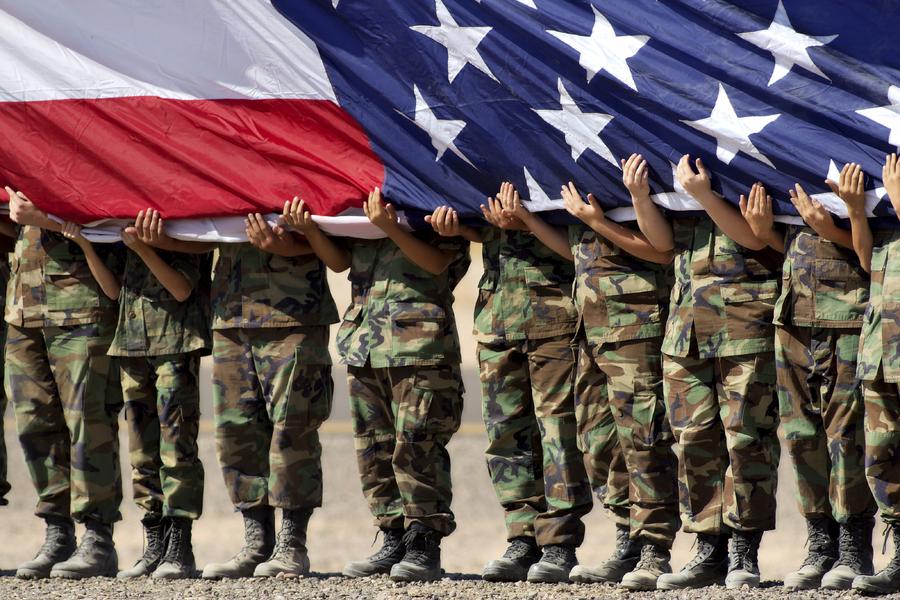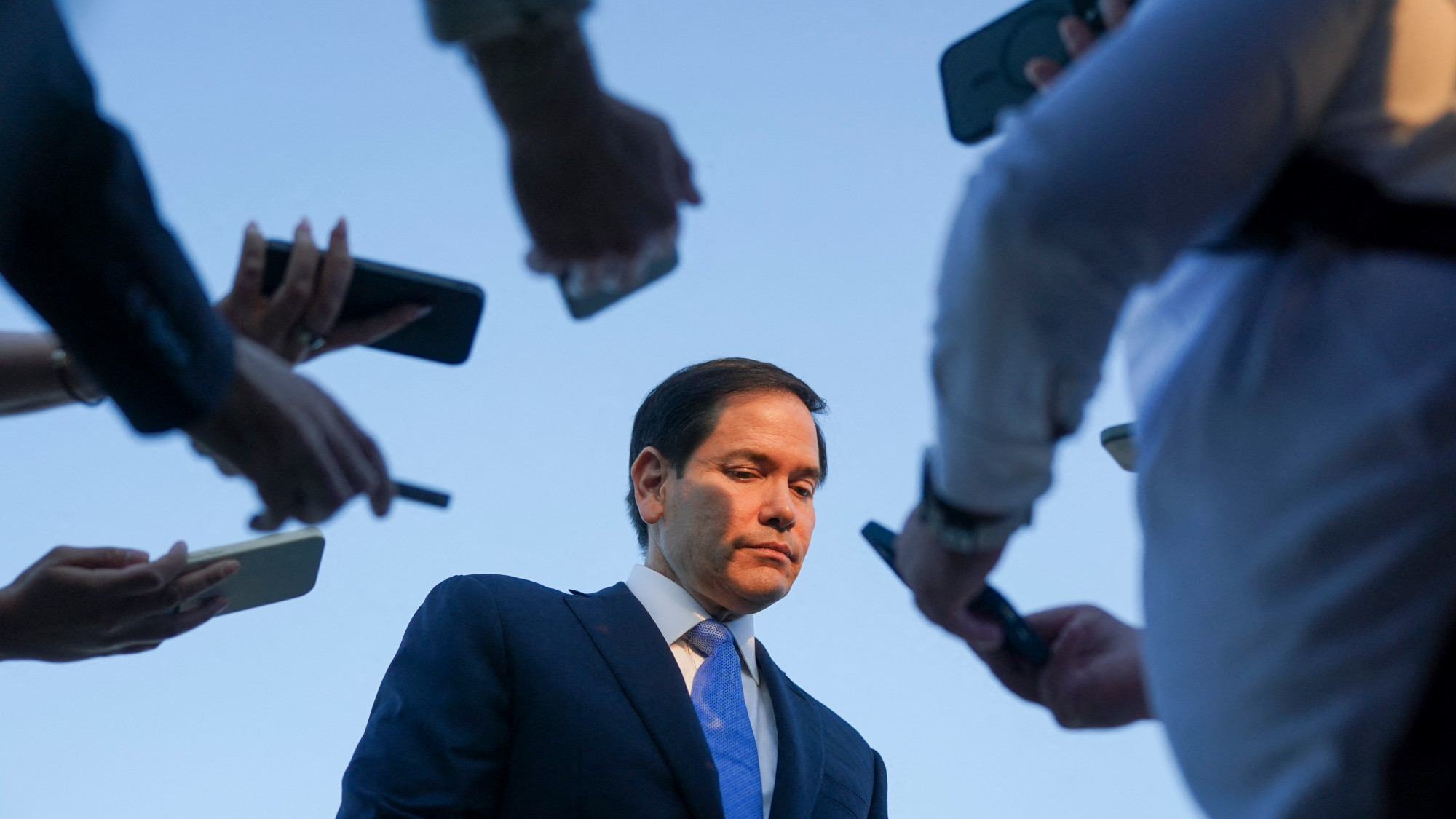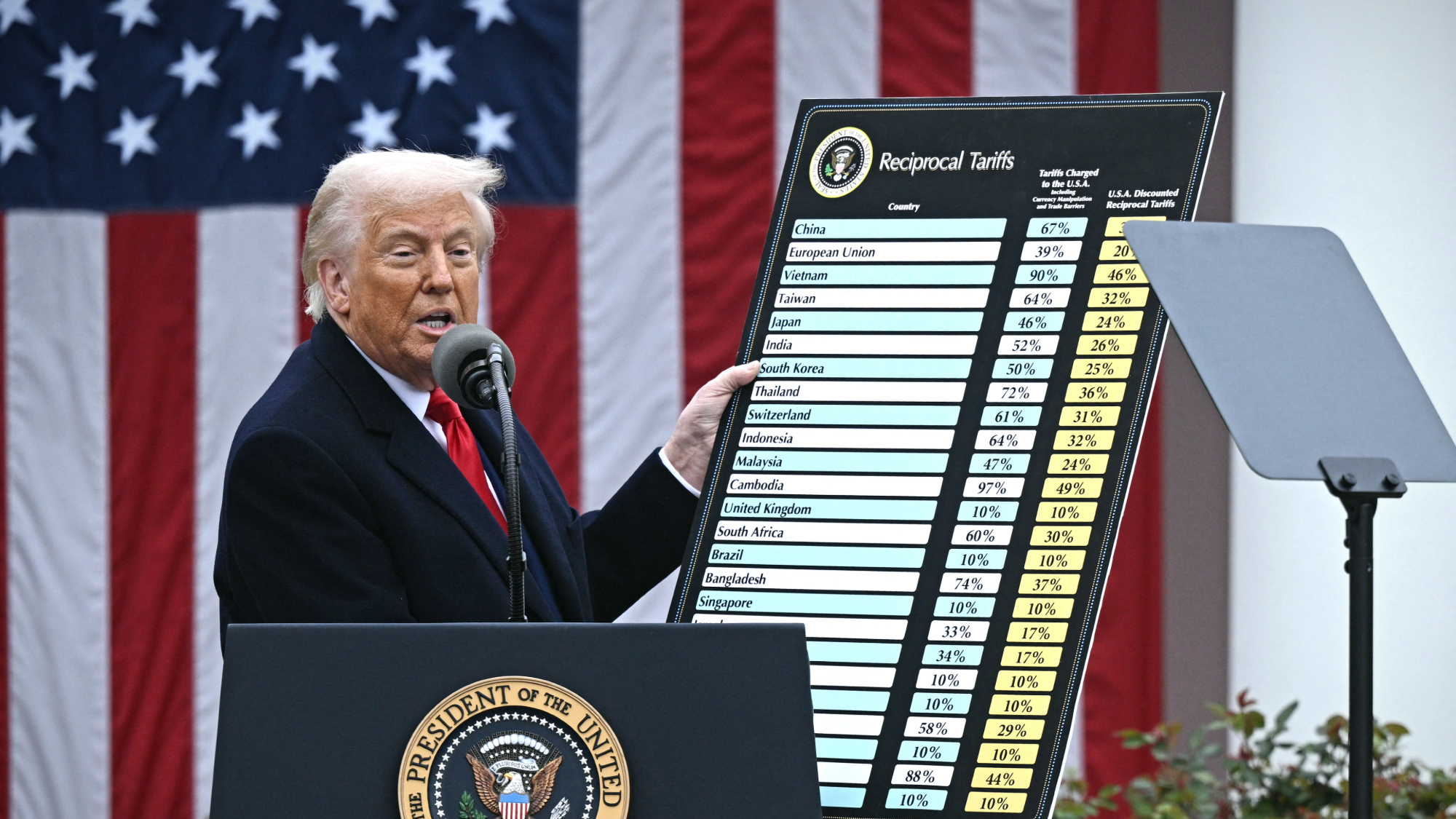The Grenfell report: who was at fault?
The inquiry into Britain's worst residential fire since the Blitz has taken seven years, and uncovered an extraordinary range of failings

"The simple truth," said the Grenfell inquiry chair, retired judge Martin Moore-Bick, is that the deaths of 54 adults and 18 children in Grenfell Tower in west London "were all avoidable, and those who lived in the tower were badly failed over a number of years, and in a number of different ways, by those who were responsible for ensuring the safety of the building and its occupants."
How did the fire start?
At 00.54 on 14 June 2017, Behailu Kebede called the London Fire Brigade, because a fire had broken out in his kitchen in Flat 16, on the fourth floor of the tower – caused by a malfunctioning fridge-freezer. The first fire engine was on the scene by 00.59; a "relatively modest" kitchen fire had been put out by 01.21. But by then the fire had broken out of the kitchen window, where it spread shockingly fast: by 01.27 it had reached the roof of the 24-storey building. By around 04.00, it had reached all sides of the tower.
Why did the fire spread so fast?
The "principal" reason is that, during renovations in 2015-2016, Grenfell's fireproof concrete shell was clad in combustible aluminium composite material (ACM): Reynobond 55 PE, made by Arconic out of two thin sheets of aluminium with a flammable polyethyelene core. Particularly when used not as flat panels but folded into "cassette form" so it could be hung from rails, the polyethyelene core "burns fiercely".
The Week
Escape your echo chamber. Get the facts behind the news, plus analysis from multiple perspectives.

Sign up for The Week's Free Newsletters
From our morning news briefing to a weekly Good News Newsletter, get the best of The Week delivered directly to your inbox.
From our morning news briefing to a weekly Good News Newsletter, get the best of The Week delivered directly to your inbox.
Playing a smaller but still crucial part was combustible insulation – installed between the cladding and the concrete wall. The insulation mostly used was RS5000, a polyisocyanurate foam made by Celotex (which releases toxic gas when it burns), with some made by Kingspan. Because of all this, "compartmentation" – the principle that fires should not be able to spread from flat to flat – failed catastrophically.
Why were combustible materials used on a tower block?
Initially, the architects, Studio E, wanted to use non-combustible zinc panels, but they chose ACM under pressure over costs from the Tenant Management Organisation, part of the Royal Borough of Kensington and Chelsea (RBKC), which owned Grenfell; it saved £293,368 on a £9.2m refurbishment. As to why it was possible to use dangerous cladding at all, the inquiry found that "one very significant reason" was "systematic dishonesty on the part of those who made and sold the rainscreen cladding panels and insulation products": Arconic, Celotex and Kingspan "engaged in deliberate and sustained strategies to manipulate the testing processes, misrepresent test data and mislead the market".
Why wasn't this stopped?
The regulators weren't good enough. The Arconic and Kingspan products were certified by the BBA, a privatised certification body. The BBA was found both "incompetent" and willing to accommodate clients instead of insisting on rigorous standards. Other building-product regulators and government bodies were similarly incompetent.
It was an extraordinary chain of regulatory failure, running all the way to Whitehall. The building control section of RBKC, the council, "did not properly scrutinise the design or choice of materials", and waved through cladding that did not comply with building regulations on fire safety. The council's Tenant Management Organisation, which ran the building, never completed an approved fire-safety strategy. Key fire-protection measures, such as working fire doors, were lacking.
A free daily email with the biggest news stories of the day – and the best features from TheWeek.com
How did central government fail?
On numerous occasions before the fire, the then Department for Communities and Local Government was given clear warnings about the dangers of ACM cladding and other combustible materials being used in high-rise blocks: there had been a series of cladding fires, dating back to 1991, notably one that killed six at Lakanal House in London in 2009, which led to a public warning from the coroner. The department failed to act; failures reached back decades, but under David Cameron's coalition it was understaffed, and ministers' "deregulatory agenda" meant that "even matters affecting the safety of life were ignored, delayed or disregarded". One relatively junior civil servant, Brian Martin, was given overall responsibility for fire-safety measures, with little supervision. "I ended up being the single point of failure in the department," he tearfully told the inquiry.
What about the architects and the builders?
The inquiry found that the architect Studio E, which led the renovations, bore a "very significant responsibility" for the disaster. It was "cavalier" and in many respects did not "meet the standards of a reasonably competent architect". The two main contractors, Rydon and Harley Facades, were also culpable. "Everyone involved in the choice of the materials to be used in the external wall thought that responsibility for their suitability and safety lay with someone else." Studio E instructed a consultant, Exova, to prepare a fire-safety strategy for the refurbished building. It was never finished, and Studio E failed to ensure that it was completed.
And the fire brigade?
On 14 June, firefighters of the London Fire Brigade "displayed extraordinary courage and selfless devotion to duty", the inquiry found, but they were "faced with a situation for which they had not been properly prepared". It issued a "stay put" order, on the basis that compartmentation of the fire would work: residents were told to stay in their flats. This wasn't reversed until 02.47, about an hour after it should have been. There was also no coherent evacuation strategy.
In addition, on the night, firefighters' radio systems failed and the control room was overwhelmed. Behind all this were "serious" and "systematic" failings on the part of management. The Lakanal House fire had already exposed shortcomings in the service's ability to fight fires in high-rises; it was aware of the potential dangers of cladding fires; but it failed to prepare.
-
 Trump: Losing energy and support
Trump: Losing energy and supportFeature Polls show that only one of his major initiatives—securing the border—enjoys broad public support
-
 Trump’s poll collapse: can he stop the slide?
Trump’s poll collapse: can he stop the slide?Talking Point President who promised to ease cost-of-living has found that US economic woes can’t be solved ‘via executive fiat’
-
 The military: When is an order illegal?
The military: When is an order illegal?Feature Trump is making the military’s ‘most senior leaders complicit in his unlawful acts’
-
 Ukraine and Rubio rewrite Russia’s peace plan
Ukraine and Rubio rewrite Russia’s peace planFeature The only explanation for this confusing series of events is that ‘rival factions’ within the White House fought over the peace plan ‘and made a mess of it’
-
 The US-Saudi relationship: too big to fail?
The US-Saudi relationship: too big to fail?Talking Point With the Saudis investing $1 trillion into the US, and Trump granting them ‘major non-Nato ally’ status, for now the two countries need each other
-
 Nigel Farage: was he a teenage racist?
Nigel Farage: was he a teenage racist?Talking Point Farage’s denials have been ‘slippery’, but should claims from Reform leader’s schooldays be on the news agenda?
-
 Tariffs: Will Trump’s reversal lower prices?
Tariffs: Will Trump’s reversal lower prices?Feature Retailers may not pass on the savings from tariff reductions to consumers
-
 American antisemitism
American antisemitismFeature The world’s oldest hatred is on the rise in U.S. Why?


